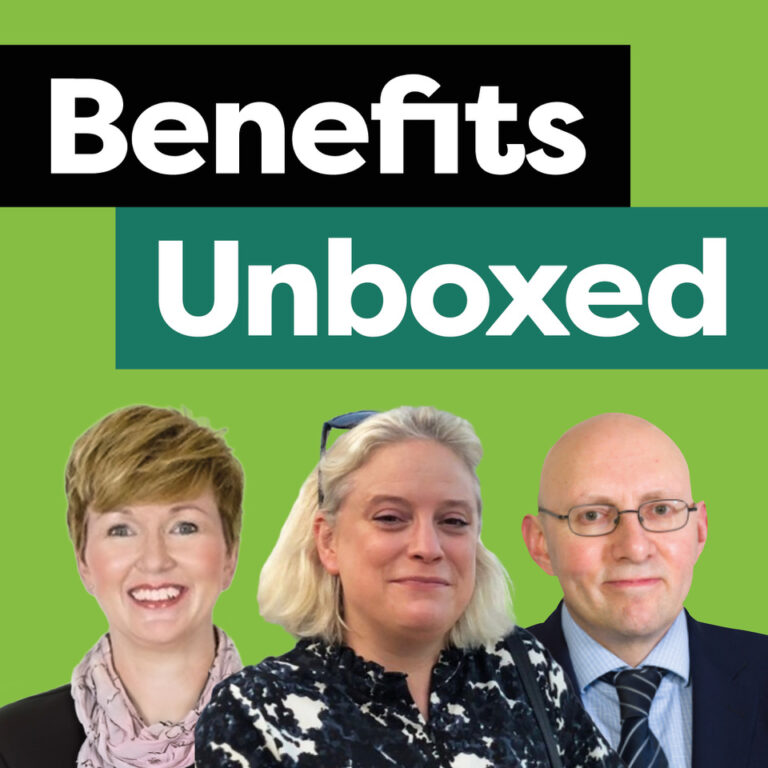Workplace health and wellbeing have never mattered more. With sickness absence levels rising and the NHS under growing strain, employers are rethinking how they look after their people and what kind of support really makes a difference.
That was the focus of a recent Benefits Expert round table, where HR leaders, wellbeing specialists and industry experts came together to discuss the future of workplace health. Their conversation highlighted three clear priorities: bridging the widening generational divide in workforce needs; refining the role of cash plans alongside private medical insurance (PMI); and tackling the communication challenge that determines whether benefits succeed or fail.
Bridging the generational divide
Supporting a workforce made up of multiple generations has become one of the biggest challenges facing employers.
Ian Hodson, director of people and culture at Housing 21, described a common dilemma. With 32% of his workforce aged 55-65 and 89% female, his organisation is dealing with high levels of musculoskeletal conditions, growing demand for cancer screening and increasing awareness of hearing loss.
“We’re operating in this really interesting model of, how do we support our current workforce with longer-term ailments, while also trying to attract the next wave of generations coming through?” he explained.
That defines the challenge for many organisations. Older workers often prioritise health screening programmes and support for chronic conditions, while younger employees want a different set of benefits they can access easily and use straight away – including fertility support, mental health resources and flexible wellbeing options.
Katherine Watkins, an HR consultant currently working with a CX technology business, said part of the challenge in supporting the younger generation lies in how benefits are promoted and perceived.
“I’ve worked in some organisations where they’re really good at promoting benefits – they have a whole month with pop-up stands and everything,” she explained. “But when we did an analysis of what benefits people actually used in one company about five years ago, the highest usage was a discount for getting their nails done. That was the most popular benefit.”
For Watkins, it was a clear sign that employees often respond best to benefits that are simple, visible and instantly rewarding – and accessing this type of benefit can be a gateway to use of the wider health and wellbeing provision.
For Beth Burton, wellbeing and inclusion manager at SUEZ UK, meeting the needs of a diverse workforce means recognising that different generations face different pressures – but some issues affect everyone, such as mental health. True support in this area, she said, depends on shifting from reactive to preventative.
“What I’m keen for us to think about in the long term is how we can move that shift towards looking after mental health as a day-to-day thing, rather than only encouraging people to reach out for support when they’re already in a bad place.”
Hodson also pointed to the rise of imposter syndrome and isolation among remote workers who miss out on casual affirmation and feedback. “If you’re in an office, somebody will come over to you and give you reassurance,” he noted. “But you talk to a blank screen of 70 faces on a meeting, and then you come off thinking, ‘Did I say the right things?’”
Connection and culture are central to long-term employee health. Wellbeing strategies, therefore, need to account not just for age or life stage, but for working patterns too.
Cash plans as a preventative pillar
With wellbeing priorities shifting, attention is turning to how benefit design can keep pace – especially the balance between PMI and cash plans that make day-to-day healthcare more accessible.
Steve Herbert, benefits consultant, was clear in his view. “I’ve always said cash plans should be the first stage in employee benefits,” he said. “Everyone should have a cash plan, really.”
While PMI remains invaluable for serious illness, many felt it offers limited perceived value to younger or healthier employees who may pay thousands in tax over years without ever claiming.
Cash plans, on the other hand, provide immediate, tangible value. They can cover dental, optical, physiotherapy and mental health services. And because they remove the financial barrier to everyday healthcare, they encourage people to act sooner rather than wait until problems worsen.
“The cash plan is of no great value if you’ve got a serious illness, but it’s really good for the minor stuff that prevents you from getting a serious illness,” Herbert observed.
At several organisations represented at the round table, dental claims accounted for the largest proportion of usage – a sign of the times, perhaps, given the shortage of NHS dentists in many parts of the UK. For lower-paid employees in particular, the ability to claim back the cost of routine healthcare can make a significant difference to wellbeing and attendance.
Yet despite the positives, cash plans still struggle for recognition at board level in some organisations, and leadership buy-in is essential. The consensus was that data is the best way to make the case: linking preventative benefits to reduced sickness absence, improved morale and measurable cost savings. Numbers, the group agreed, speak more loudly in the boardroom than good intentions.
Communication – the make-or-break factor
However effective a benefits package might be on paper, it’s worthless if employees don’t know about it or understand how to use it. The group agreed that communication and engagement are too often the weakest links in workplace wellbeing.
This isn’t just an HR problem. “The measure of success is when wellbeing, recognition and benefits are not seen as HR functions,” Hodson argued. “Everybody’s job is to promote benefits.”
For Chantel Maidwell, HR and operations director at MySafeTherapy, genuine wellbeing depends on how managers connect with their teams.
“We talk about wellbeing all the time, but you can’t have wellbeing without trust,” she said. “Managers need to know their people – really know them – not just manage them. If someone’s off, check in. If they’re quiet, ask why. That’s how you build a culture where people feel safe enough to say they’re struggling.”
Nicola Parker, an experienced HR leader who previously worked in central services, EMEA, for Macquarie Group, emphasised that responsibility flows down from the top. “You can have all the wellbeing initiatives in the world, but if leaders aren’t walking the talk, it just doesn’t land,” she said. “People spot the disconnect straight away.”
It’s not about big campaigns, she added. “It’s about everyday behaviour – how you treat people, how you show up, how consistent you are.”
The group agreed that communication works best when it feels personal and visible. Health champions and ally groups can help make wellbeing part of everyday culture, while simple technology – such as benefit apps that let employees reclaim expenses instantly – can bring schemes to life.
Ultimately, success depends on creating an environment where using benefits is normal, encouraged and seen as a positive part of working life.
Looking ahead
The future of workplace health and wellbeing, participants agreed, lies in personalisation, prevention and proactive communication.
Cash plans provide practical, accessible support for every stage of working life – but they’re only as strong as the culture around them. When wellbeing is woven into everyday behaviour, shared by colleagues and supported by leaders, it becomes far more than a benefit.
At a time of tight budgets and rising health pressures, that culture of connection could be an employer’s greatest asset.













